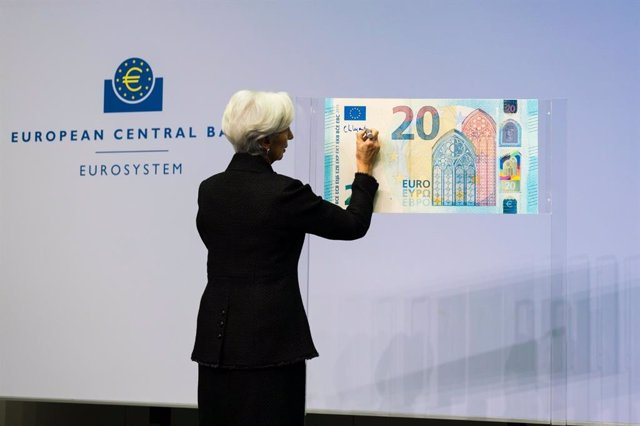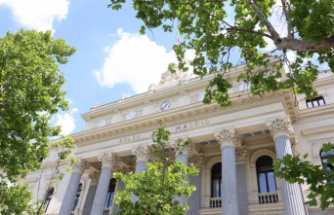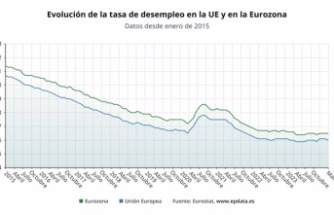The environmental footprint of the annual use of euro banknotes per person is equivalent to driving 8 km by car
MADRID, 11 Dic. (EUROPA PRESS) -
The environmental footprint of the use of euro banknotes as a payment instrument for European citizens is very low, according to a study by the European Central Bank (ECB), published this Monday.
The study reveals that the average environmental footprint of banknote payments was 101 micropoints per inhabitant of the euro area in 2019.
"This very low score is equivalent to a euro zone citizen driving a standard car 8 km, or 0.01% of the total environmental impact of a European's annual consumption," highlights the ECB.
The main activities that contribute to the environmental footprint of euro banknotes are the power supply of ATMs (37%), transport (35%), processing activities in the distribution phase (10%), manufacturing of paper (9%) and the authentication of banknotes at the point of sale in the use phase (5%).
In this sense, the ECB points out that the long useful life of banknotes and their use for numerous payments mean that the impact of their manufacture is less than that of their transport and distribution.
Since 2004, the Eurosystem has made efforts to reduce the environmental footprint of euro banknotes, for example by using only 100% sustainable cotton and banning the landfilling of banknote waste.
Likewise, ATM manufacturers and banks have made progress in reducing the environmental impact of their machines. The study published today shows that improvements in the energy efficiency of ATMs contributed to a 35% decrease in their environmental footprint between 2004 and 2019.
The ECB ensures that important research and development work is being carried out to make future euro banknotes even more environmentally friendly at all stages of their life cycle, for which it is studying alternative methods to eliminate waste from banknotes, such as recycling and reusing waste materials, and possible improvements to the material and components used in the printing process.
"The Eurosystem is committed to making euro banknotes as environmentally friendly as possible, while ensuring that cash is widely available and generally accepted," said Piero Cipollone, member of the Executive Board of the Eurosystem. ECB.













